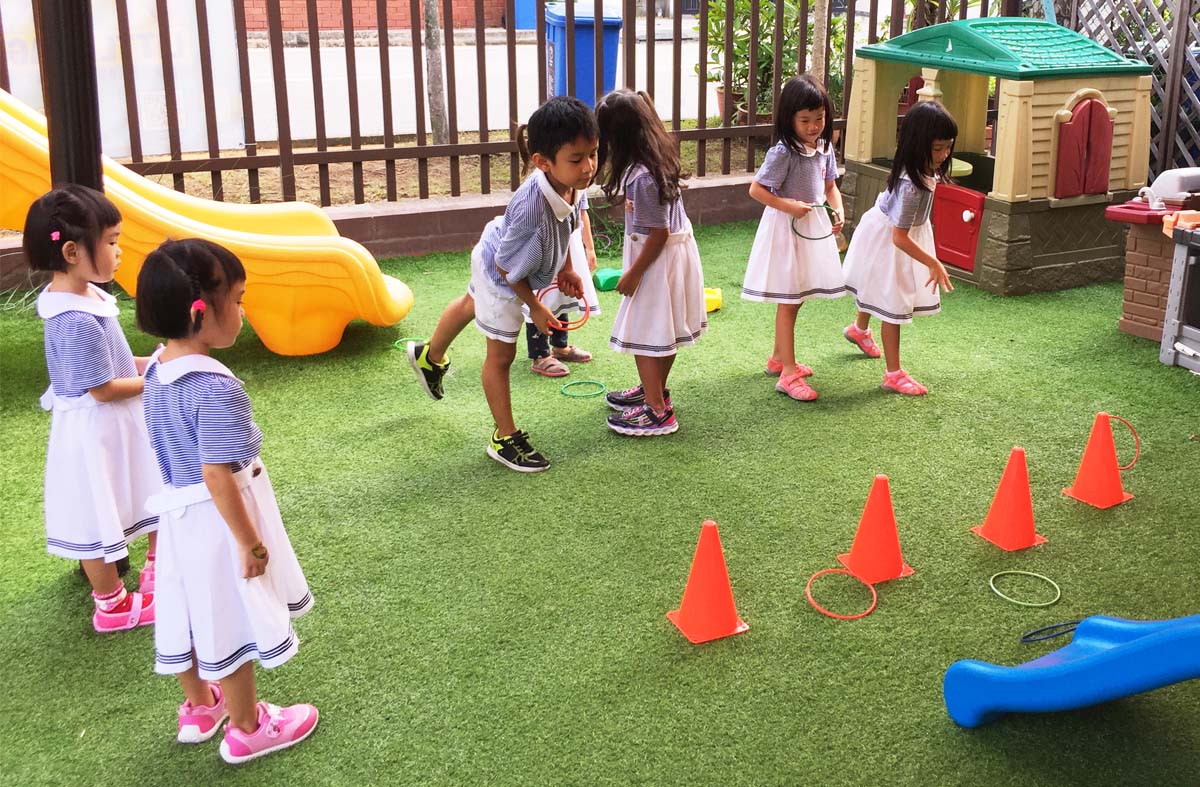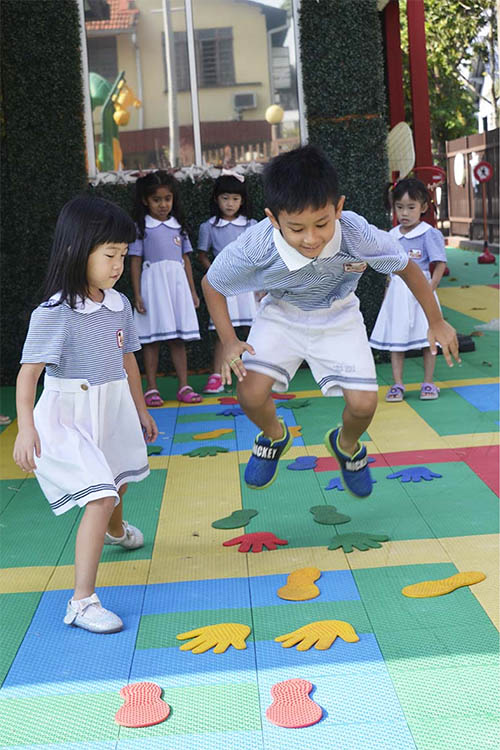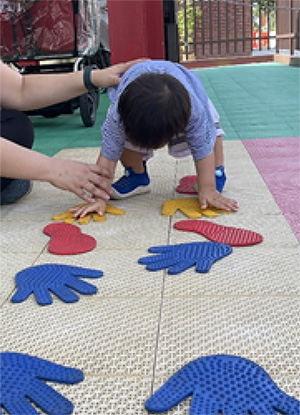
How to cultivate Grit?
Why do many parents know grit is perhaps the most important trait, yet we find it difficult to cultivate in our children?
First, grit is immeasurable. There is no standardized test on grit. Secondly, grit takes time to manifest. Thirdly, we often need counterintuitive approaches to cultivate grit. For example, if we have a choice to develop our children’s grit knowing they may need to fail an exam to get there vs drilling our children so they get good grades on next week’s exam, which would we choose? Most of us would subconsciously choose the latter because the results are measurable and matter to the near future. Also, no parent would want a child to fail an exam to know what failing means. Human beings naturally care about the near term, tangible and measurable outcomes.
However, what if our children participate in extracurricular activities such as sports where the outcome is only victory or defeat? What if we allow them to participate in music recitals, so our children know what it means to mess up in front of an audience and deal with embarrassment?
For those who have watched National Geographic about wild animals, every day is a matter of survival. If a predator fails and gives up, it starves. Eventually, it will be eaten by a stronger predator and perish. A baby wildebeest (one of the most coveted preys in Africa) is expected to walk within minutes after birth before the parents have no choice but to abandon it otherwise. If the prey is not gritty enough to outrun the predator, it won’t live another day. In the wild, every minute is a manifestation of grit. In these instances, grit seems to be omnipresent and congenital. It doesn’t need to be taught. But if the exact same animals were put into a zoo and fed, they would lose their instinctive hunger. Sometimes you dangle food in front of their mouths; they would brush it aside and sleep. What happened?
The environment and experiences play a critical role in cultivating grit. So, as parents, what kind of environment and experiences can we provide for our little ones?

01
INSTIL A SENSE OF PURPOSE
A purpose inspires humans. Every successful person who has made it will tell you they wake up every day towards a goal. And that purpose usually is more long term than short term. Mark Zuckerberg of Facebook would tell you all he wanted was to connect as many people as possible. Arnold Schwarzenegger would tell you he set his mind to be Mr Universe and that every sweat and repetition put a smile on his face because it would get him closer to that goal. For young children, they need to know why they are engaging in certain activities. Often children participate in activities at the urging of adults, albeit against the will of children. For example, many children go to tuition centres because we as adults want them to get good grades. On Saturday, we inundate them with a series of enrichment classes. Children often wonder, “Why am I here every Saturday getting drilled instead of playing video games or watching a cartoon at home? The moment I walk out of the classroom, I will forget everything because my heart was never there.” Sit down with young children and explain to them why and let them buy into the idea.
When I was growing up (even today), I often sought outside help, whether they’d be tutors or coaches. I told myself I wanted to get good grades or win matches (how to instil a passion for winning requires a separate lengthy discussion) and knew I couldn’t achieve these goals on my own. So, I would proactively ask my parents to help me find the outside support I needed to achieve my goal, especially since my parents weren’t equipped to assist me. Therefore, I did what I wanted, not what they wanted me to do. Thus, I was eager to prepare for and attend every class. Every second spent with the tutor or coach would get me closer to my goal.
At Little Sage, our curriculum is designed based on real-world situations to help children understand the purpose of learning and how it can be practically applied beyond just fitting in or mastering a system.
02
LET OUR CHILDREN BE UNCOMFORTABLE
My biggest worry for my kids is not they will not excel in school or be poor, but they will grow up shunning discomfort. Children need to understand that to be comfortable means converting discomfort to comfort, so they don’t give up when things don’t go their way. For toddlers, it’s fine to let them cry or throw tantrums if they don’t deserve what they ask for. For example, last time, my child finished playing with toys and left a mess. Unless he learns to clean up after himself, he won’t get to play again regardless of how hard he cries. If children refuse to eat unless you feed them, let them go hungry once in a while. Remember when they were newborns, they would naturally fight hard for milk. When they were hungry, they would cry and look for something to suck on. You couldn’t stop them. Over time, parents take away that sense of hunger and discomfort as we fear without feeding our children, they would go hungry. Thus, let’s not be the culprit for depriving our children of grit that was innate.
03
THEY MUST STUMBLE FIRST, GET UP & MOVE FORWARD
Grit means one can endure and outlast others. It means when everyone is down; you can get up and keep moving forward. It means when you think you have no fuel in the tank; you can somehow find that extra boost to finish.
Kobe Bryant, who was posthumously inducted into the NBA Hall of Fame, said, “Failure doesn’t exist. If you failed on Monday, the only way it’s a failure on Monday is if you decide to not progress from there…I try again on Tuesday, and if I fail, I try again on Wednesday…The story continues.”
At Little Sage, we specifically design fun and exciting activities for children to stumble before reaching the finish line, such as Sage Sports. As a result, our little ones are mentally trained to recognize that you cannot finish something if you don’t fall.
There is no better time to understand this concept than preschool, when young children do not get judged for stumbling.

04
BE A GOOD ROLE MODEL
Children learn via imitation, especially those they look up to. Let children know that we as parents are imperfect and that we also stumble. And when we do stumble, we explain to them what that means and how we overcome it. While young children will not truly comprehend such concepts, such reinforcements will help once their brain starts to develop and connect the dots. If we blame others for our adversity or give up, we can’t expect our children to do something different. When my children see me fall from playing sports, I get up and show them it’s just part of the game. The key is to get up and score. My children find it amusing and would mimic me by falling, getting up and clapping. To them, falling is just a game. When I am frustrated about something, I let my children know that it’s okay to feel that way.
There is no need to conceal our emotions. The key, however, is for me to explain to them why I feel that way, how to control my emotions and how I plan to surmount them. I always relate it to real-life experiences. For example, I tell my three-year-old daughter, “Remember that time you tried to hit the tennis ball and you couldn’t. Then you fell, threw your racket and cried. What happened after that? You practised more and eventually hit the ball over the net. Now you love it. Daddy needs to do the same. Daddy can’t hit the ball now, but I am not throwing the racket. Like you, I need to practice more and figure out how to hit it over the net.”
05
BE GRATEFUL
But if someone is grateful, she will think, “It’s okay. I didn’t do great this time, but at least I am thankful I still did better than many others, especially those who didn’t even get a chance to try.”
Growing up, whenever I faced adversity or stumbled, my parents would tell me how fortunate I was even to have the opportunity to stumble. So many people yearned for a sliver of the opportunities I enjoyed. I should be thankful for such experiences. That’s why even though I thought I was down, I can’t lose. To many, I was already a winner regardless of the outcome. Therefore, when there is nothing to lose, there is no reason to be afraid and not move forward.

FUNDRAISING FOR ST JOHN’S ELDERLY HOME
What we must NOT do as Parents




Bringing it all back to everyday life
As a global investor for over two decades, I am thankful for embracing losing as a recurring event. By trying, I am destined to lose. But if I never try, I will have no chance of winning. It really is the epitome of “No pain, no gain!” More importantly, I learned it’s better to invest in the right people who run mediocre businesses than to invest in a great business with a subpar team. To me, what separates the two teams is grit. It all comes down to who wants it more. Grit may not be the panacea, but nothing meaningful can be achieved in the long run without it.
The fact is, many great businesses failed because the management team couldn’t weather a downcycle and gave up. Others succeeded merely because they refused to throw in the towel and kept going until the cycle turned in their favour, not necessarily because they ran the best businesses.
As parents, the best thing we can do is to allow our children to “Stay Hungry.”

Leave A Comment